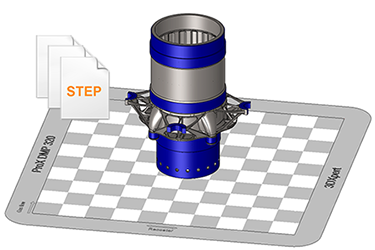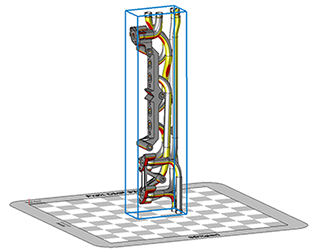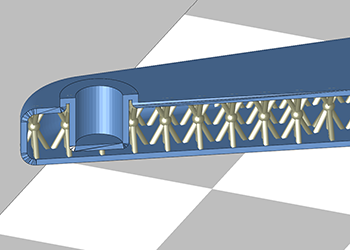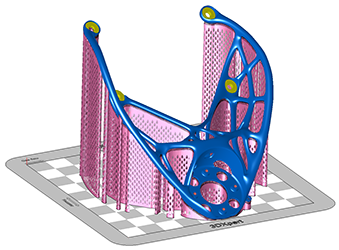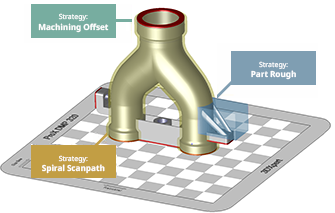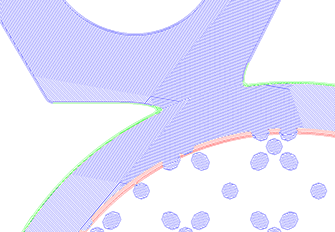3DXpert was specifically created to meet the specific challenges of Metal Additive Manufacturing. It will help you easily prepare and optimise parts for metal printing and will enable you to print quality parts quickly.
| Technology | 3D Printing |
| Manufacturer | 3D Systems |
| Licence types | Online, Dongle, Network |
| Attributes | Metals, Auto supports, Estimator |
A Single Integrated Solution for the Entire Process
There is no longer a need for several different solutions to get the job done. 3DXpert is a single, integrated solution that offers everything you need – importing part data, optimising geometry and lattice creation, calculating scan-paths, arranging the build platform, sending it to the printer, and even machining the final product when required.
Greater Agility, Quality, and Speed
3DXpert allows you to seamlessly work with any Geometry for both B-rep (boundary representation, meaning solid or surfaces) and mesh triangulation formats (e.g. STL). This capability eliminates the need to convert solid or surface data into mesh, improving data quality and integrity, saving valuable time, and offering greater flexibility to make changes to the model at any stage of the process, using history based parametric CAD tools.
Shorten Print Time and Ensure Quality
Optimise print strategies for different zones and automatically fuse them into a single scan-path to minimise print time while maintaining part integrity. 3DXpert’s unique and diverse printing strategies take into account design intent and part geometry to create an effective scan-path that addresses the challenges of 3D Metal Printing.
